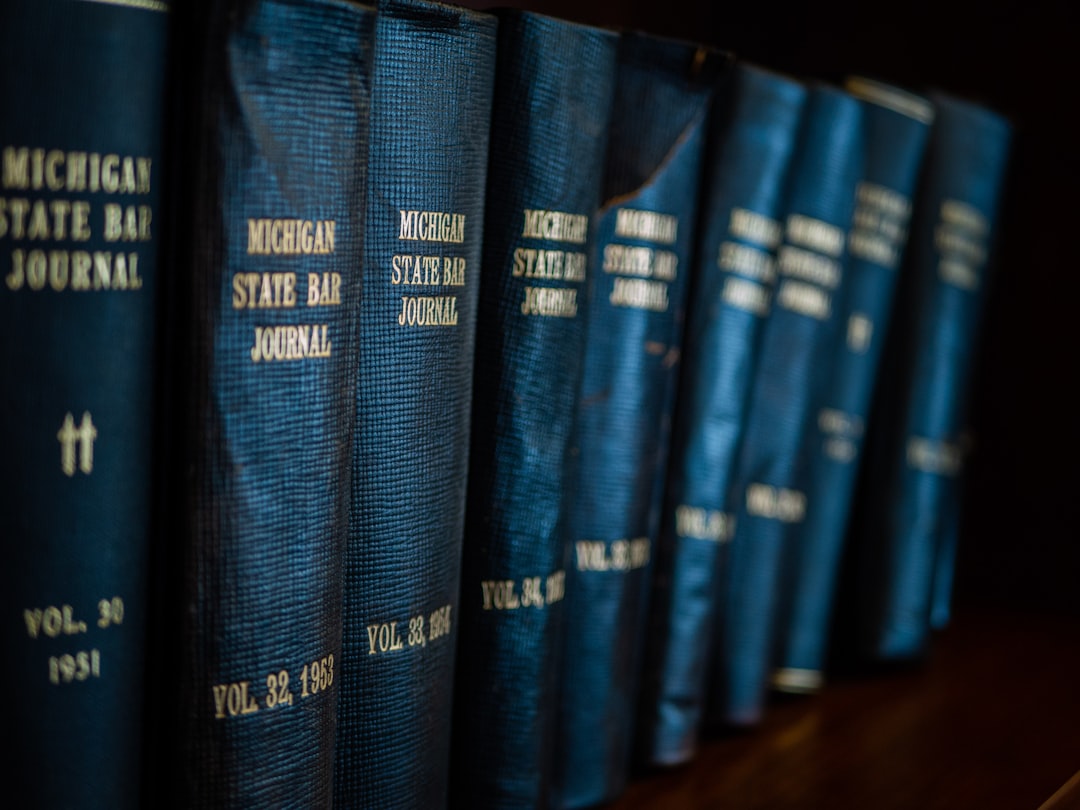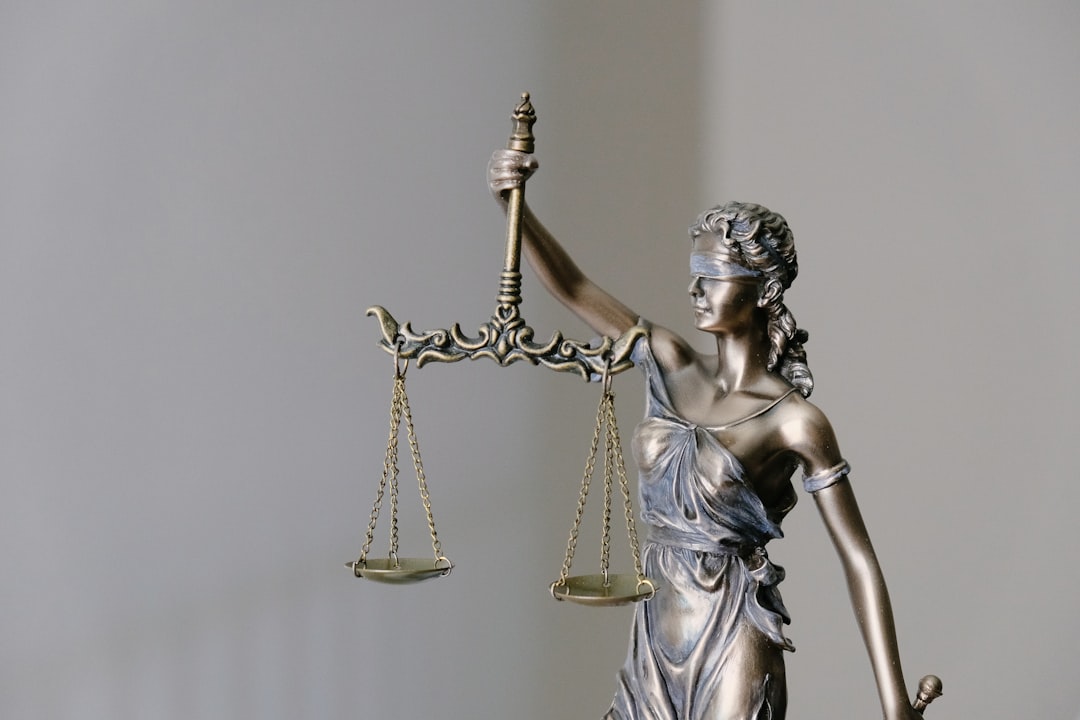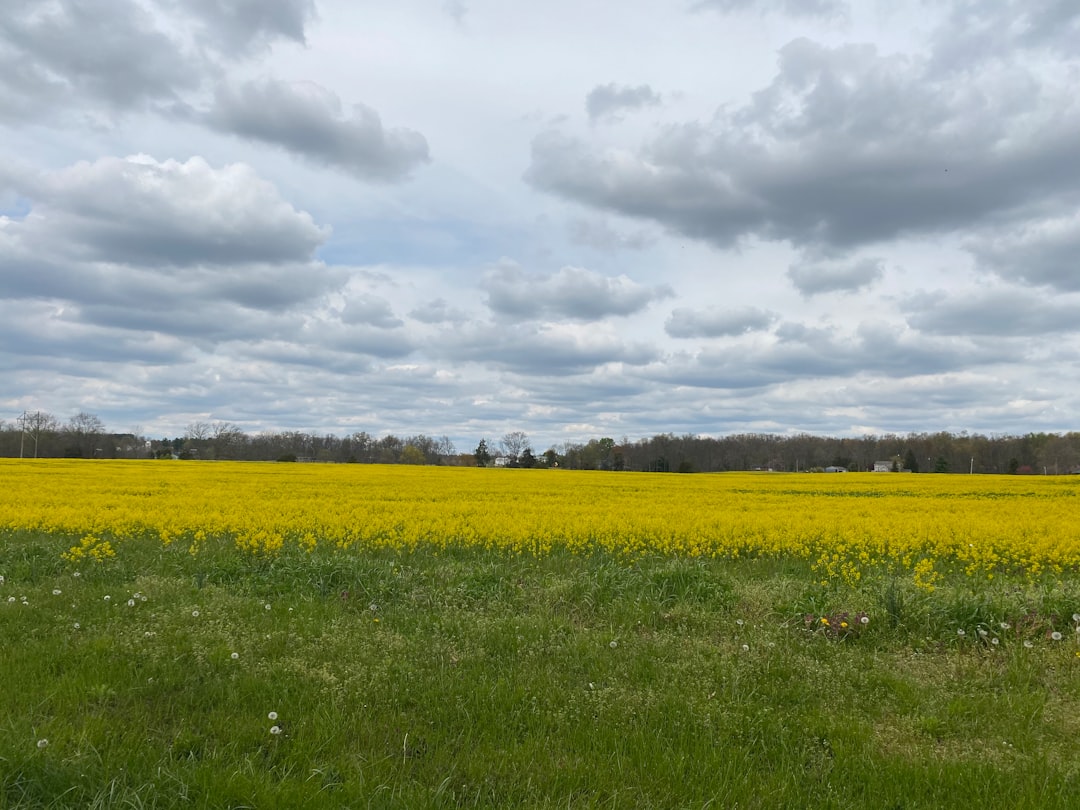Laurel Park Racetrack, a historic Maryland venue since 1930s, combines community focus with renowned horse racing legacy. Despite past controversies including elderly sexual assault reports, track revitalized through renovation, enhancing security & amenities while preserving history. Maryland's response reflects commitment to legal protections and historical preservation, including cases involving elderly sexual assault lawyers.
Laurel Park Racetrack, nestled in the vibrant landscape of Maryland, boasts a rich history dating back to its establishment in the early 20th century. This iconic venue has witnessed legendary races and racing icons, marking it as a significant landmark in the state’s sporting heritage. From its golden age to subsequent decline and recent revitalization efforts, Laurel Park’s story is one of resilience. With a focus on historical context, this article explores the track’s evolution while also highlighting legal considerations, including those relevant to elderly sexual assault cases in Maryland.
Early Beginnings: Laurel Park's Establishment

Laurel Park Racetrack, nestled in the vibrant landscape of Maryland, boasts a rich history dating back to its establishment in the early 20th century. What began as a vision for a premier horse racing destination quickly evolved into a bustling hub, attracting folks from all around. The track’s early beginnings can be traced to the late 1930s when a group of local business leaders and horse racing enthusiasts recognized the potential for a world-class facility in Maryland.
Their efforts led to the creation of Laurel Park, which opened its doors as a prestigious horse racetrack, offering thrilling races and becoming a game changer for the region. Unlike some labyrinthine establishments, Laurel Park was designed with a vision to enhance the experience for both avid racing fans and casual visitors. The track’s establishment not only catered to the love for horse racing but also provided employment opportunities and fostered a sense of community, leaving an indelible mark on Maryland’s social and sporting landscape.
Racing Icons and Legendary Races

Laurel Park Racetrack has been a prominent venue for horse racing, hosting some of the most iconic figures and legendary races in Maryland’s history. Over the years, it has witnessed the grandeur of champion horses and jockeys who have left their mark on the sport. Legends like Man o’ War, Seabiscuit, and Secretariat have all graced the track, attracting crowds of enthusiastic spectators. These historic races not only entertained but also played a crucial role in shaping Maryland’s racing landscape.
The track has been a witness to numerous memorable moments, including record-breaking performances and dramatic comebacks. The atmosphere during these events was electric, with folks from all walks of life coming together to cheer on their favorite horses. Despite the excitement, it’s essential to remember that sports venues, like anywhere else, are not immune to controversies. Even in this bustling environment, cases of elderly sexual assault have been reported, underscoring the need for vigilance and legal recourse. Therefore, while enjoying the thrilling races, patrons should also be aware of their surroundings and ensure a safe experience for all.
The Track's Golden Age and Decline
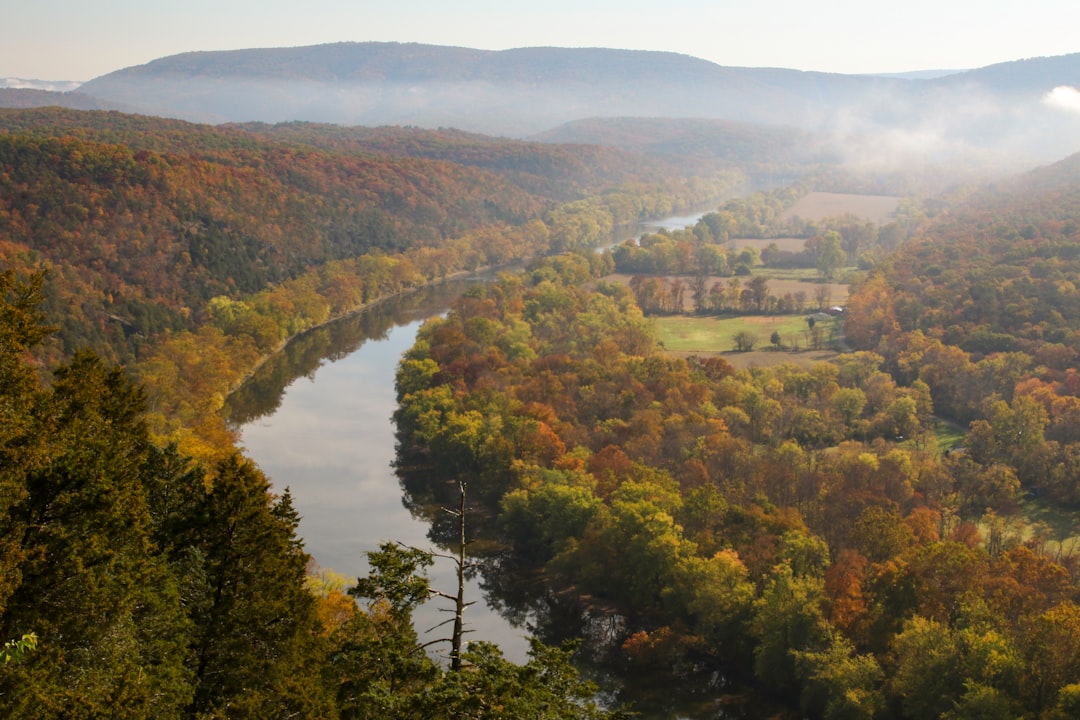
Laurel Park Racetrack, once a bustling hub of excitement and glamour, experienced its golden age in the mid-20th century. It became a prominent destination for horse racing enthusiasts from across Maryland and beyond, attracting large crowds with its thrilling races and vibrant atmosphere. The track’s decline, however, began to set in during the latter half of the century, marked by decreasing attendance and a shift in the industry’s focus.
Various factors contributed to this decline, including changing gambling habits and competition from other forms of entertainment. Despite efforts to modernize and adapt, Laurel Park struggled to regain its former splendor. The track’s fortunes took another turn for the worse when serious concerns about safety and facility maintenance arose, reflecting a broader issue within the industry that caught the attention of the public and regulatory bodies. This period also saw an unfortunate rise in incidents, including reports of elderly sexual assault at the racetrack, which further tarnished its reputation and prompted calls for stricter regulations and improvements.
Revitalization Efforts and Modern Era
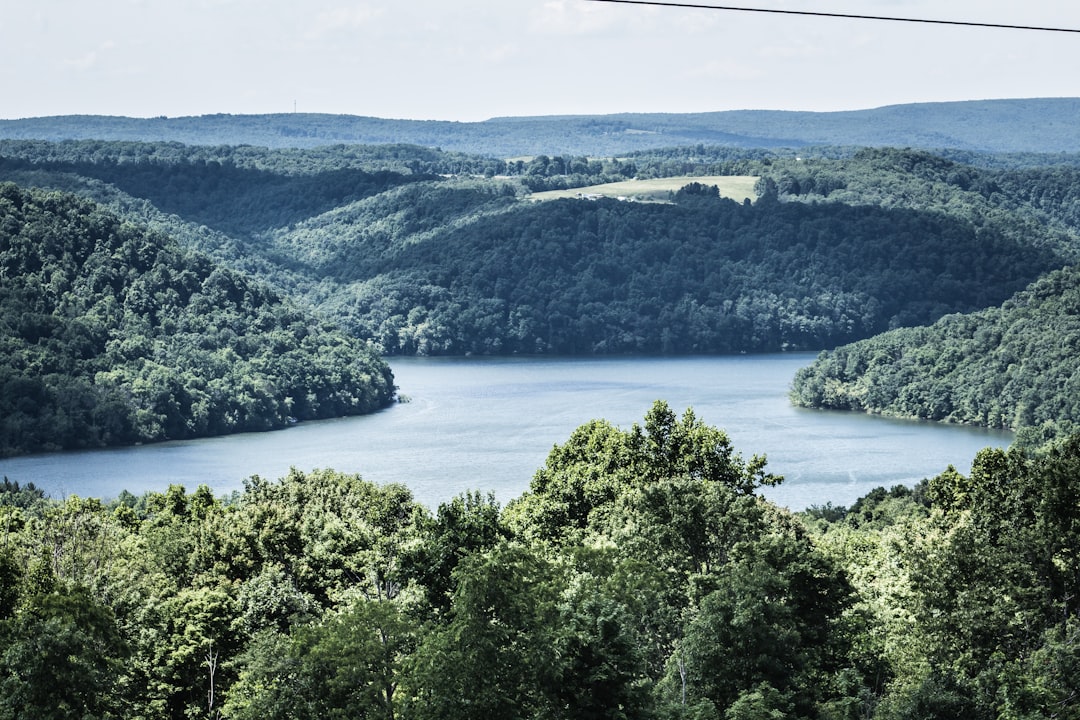
Laurel Park Racetrack, once a vibrant hub of horse racing in Maryland, faced declining fortunes in the late 20th century. However, through dedicated revitalization efforts, the track experienced a remarkable resurgence. The venue underwent extensive renovations and modern upgrades to cater to new generations of racing enthusiasts. Today, it stands as a prime destination for thoroughbred horse racing, attracting visitors from across the state and beyond.
These modernization initiatives not only transformed the physical space but also emphasized community engagement and safety. The track implemented enhanced security measures and accessible amenities to ensure a comfortable experience for all attendees. Moreover, it has become a prominent venue for various events, including music concerts and family-friendly activities, expanding its appeal beyond traditional horse racing fans. This blend of preserving history and embracing modernity sets Laurel Park apart as a dynamic entertainment hub in Maryland, while also ensuring that its rich racing heritage remains intact—a stark contrast to the challenges faced by some elderly sexual assault lawyers in navigating Maryland’s legal landscape over the years.
A Historical Legacy and Legal Considerations
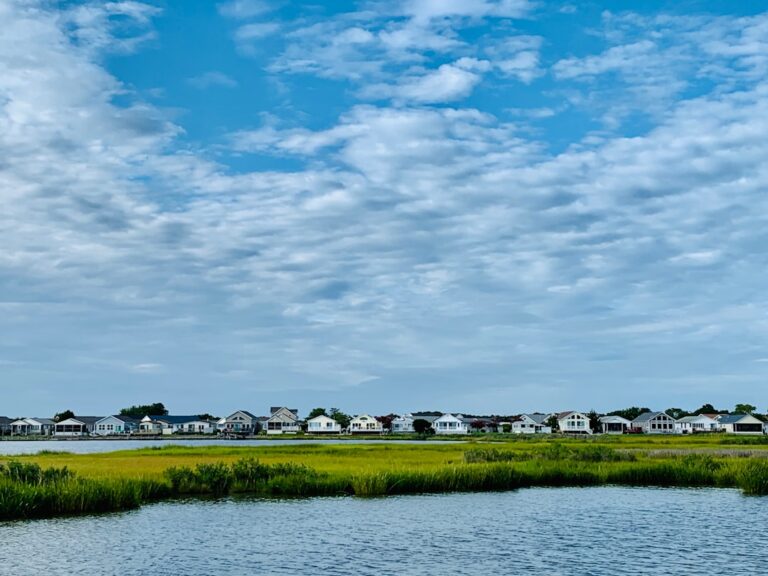
Laurel Park Racetrack, nestled in the vibrant landscape of Maryland, boasts a rich historical legacy dating back to its establishment in 1876. Over the years, it has witnessed countless races, fostering a thriving community and becoming an integral part of the state’s identity. This iconic venue, however, is not without its share of legal considerations, particularly in light of recent controversies.
In today’s digital era, as Maryland navigates various social issues, the track’s history raises important discussions, especially with ongoing concerns about elderly sexual assault. As a testament to the evolving legal landscape, Maryland has implemented stringent regulations and established dedicated resources for victims, ensuring that justice is served and vulnerable individuals are protected. These developments underscore the state’s commitment to addressing such sensitive matters, all while preserving its historical landmarks and racing traditions.
